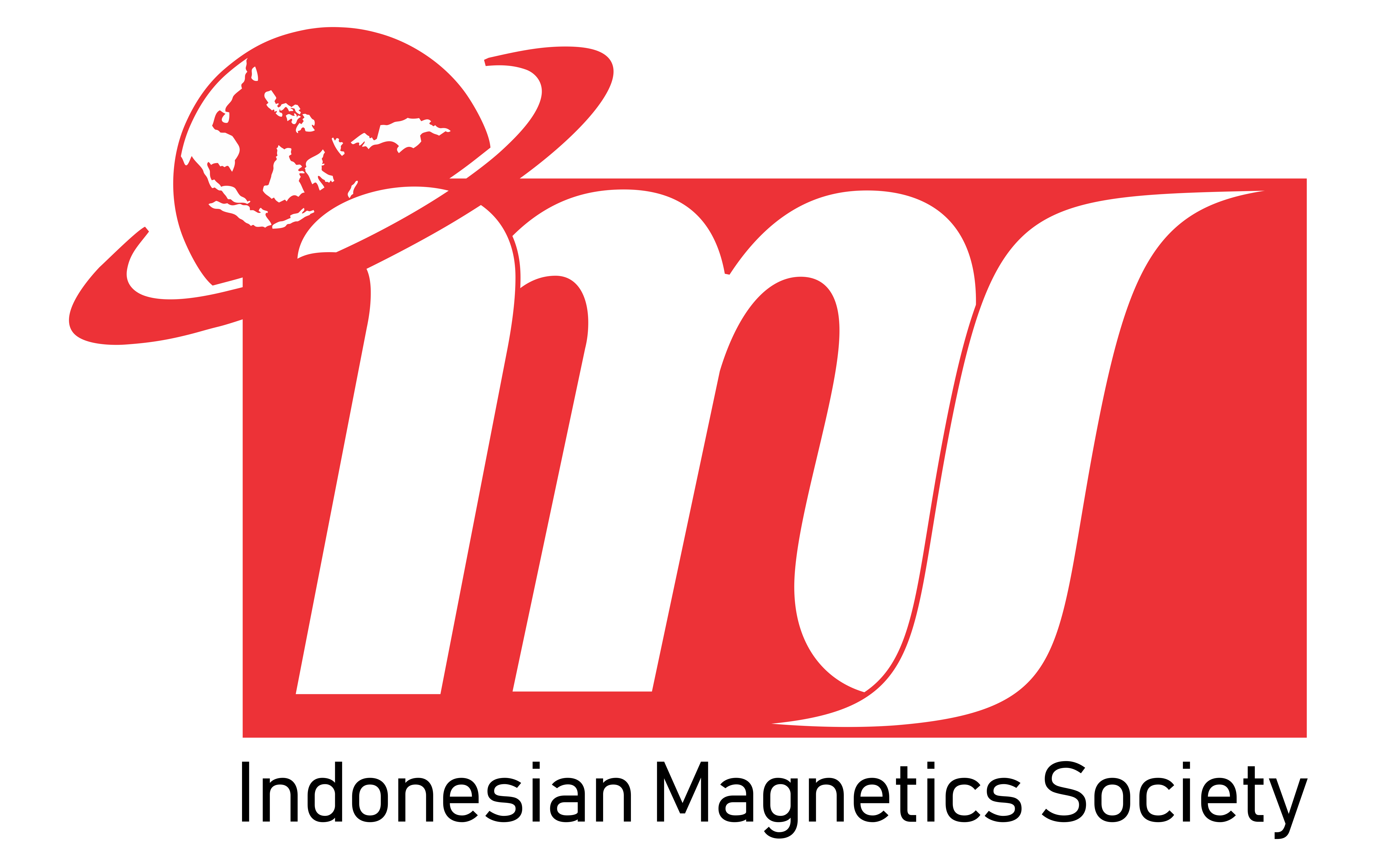Activity concentrations of natural radioactivity and radiological dosimetry of virgin and agricultural soils in Kano State, Nigeria
Abstract
Keywords
Full Text:
PDFReferences
Ademola, A. A., Bello, A. K. and Adejumo, A. C. (2014). Determination of natural radioactivity and hazard in the soil samples in and around gold mining area in Itagumodi, South western Nigeria. Journal of Radiation Research and Applied Sciences, 7(3): 249 – 255.
Ahmad, N., Jaafar, M. S., Bakhash, M. and Rahim, M. (2015). An overview on measurements of natural radioactivity in Malaysia. Journal of Radiation Research and Applied Sciences. 8(1): 136 – 141.
Ajayi, O. S. (2009). Measurement of activity concentrations of 40K, 226Ra and 232Th for assessment of radiation hazards from soils of Southwestern region of Nigeria. Radiation and Environmental Biophysics, 48: 323 – 332.
Akkurt, I., Gunoglu, K. and Arda, S. S. (2014). Detection Efficiency of NaI(Tl) Detector in 511 - 1332 KeV Energy Range. 2104(2014): 186788. pp. 5.
Alharbi, A. and El-Taber, A. (2013). A study of the transfer factor of radionuclides from soil to plant. Life Science Journal, 2: 532 – 539.
Almayahi, B. A., Tajuddin, A. A. and Jaafar, M. S. (2012). Radiation hazard indices of soil and Water samples in Northern Malaysian Peninsula. Applied Radiation Isotopes, 70(11): 2652 - 2660.
Alzubaidi, G., Hamid, F. B. S. and Abdul Rahman, I. (2016). Assessment of natural radioactivity levels and radiation hazards in agricultural and virgin soil in the state of Kedah, North of Malaysia. The Scientific World Journal, (2016): 1 – 9. http://dx.doi.org/10.1155/2016/6178103.
Boukhenfoul, W. and Boucenna, A. (2011). The radioactivity measurements in soils and Fertilizers using gamma spectrometry technique. Journal of Environmental Radioactivity, 102(4): 336 – 339.
Hossain, I., Sharip, N., and Viswannathan, K. K. (2012). Efficiency and resolution of HPGe and NaI(Tl) detectors using gamma-ray spectroscopy. Scientific Research and Essays. 7(1): 86 89. doi:10.5897/SRE11.1717.
International Atomic Energy Agency IAEA, (1994). Handbook of parameter values for predicting of radionuclide transfer in temperate environments technical report Series no. 364 Vienna.
International Commission on Radiological Protection ICRP, (2007). Recommendations of the ICRP. Annals of the ICRP, 7: 2 – 4. Technical Report.
Ioannides, K. G., Mertzimekis, T. J. Papachristodoulou, C. A. and Tzialla, C. E. (1997). Measurements of natural radioactivity in Phosphate fertilizers. Science of the Total Environment, 196(1): 63 – 67.
Isinkaye, M. O. and Emelue, H. U. (2015). Natural radioactivity measurements and evaluation of radiological hazards in sediment of Oguta Lake, South-East Nigeria. Journal of Radiation and Applied Sciences. 8: 459 – 469. doi.org/10.1016/j.jrras.2015.05.001.
Issa, S. A. M. (2013). Radiometric assessment of natural radioactivity levels of agricultural soil samples collected in Dakahlia, Egypt. Radiation Dosimetry, 56(1); 59 – 67.
Kankara, I. A. (2019). Ground and surface water potentials and accessibility in Kano Municipal, Nigeria: Implication for Geological constraints. Annals of Geographical Studies, 2(1): 1 – 7.
Olatunji, M. A., Khandaker, M. U., Nwankwo, V. J. U., and Abubakar, M. I.
(2022). The status of natural radioactivity in Nigerian environments: a review. Radiat Environ Biophys., 61(4): 597 – 608. https://doi.org/10.1007/s00411-022-00993-3.
Olofin, E. A. (1987). Some aspects of physical Geography of Kano region and related human response. Department of Geography Lecture note Series, 1. Bayero University, Kano, Nigeria.
Ononugbo, C. P. and Mgbemere, C. J. (2016). Dose rate and annual effective dose assessment of terrestrial gamma radiation in Notre fertilizer plant, Onne, Rivers State, Nigeria. International Journal of Emerging Research in Management and Technology, 5(9): 30-35.
Raghu, Y., Ravisankar, R., Chandrasekaran, A., Vijayagopal, P. and Venkatraman, B. (2016). Assessment of natural radioactivity and radiological hazards in brick samples used in Tiruvannamalai District, Tamilnadu, India, with statistical approach. Health Physics, 111: 265 – 280.
Saleh, M. A., Ramli, A. T., Alajerami, Y. and Aliyu, A. S. (2013). Assessment of natural radiation levels and associated dose rates from surface soils in Pontian District, Johor, Malaysia. Journal of Ovonic Research, 9(1): 17 – 27.
Singh, S., Rani, A. and Mahajan, R. K. (2005). 226Ra, 232Th and 40K analysis in soil samples from some areas of Punjab and Himachal Pradesh, India using gamma ray spectrometry. Radiation Measurements, 39(4): 431 – 439.
Srilatha, M. C., Rangaswamy, D. R. and Sannappa, J. (2015). Measurement of natural radioactivity and radiation hazard assessment of in the soil samples of Ramanagara and Tumkur Districts, Karnataka, India. Journal of Radioanalytical and Nuclear Chemistry, 303: 993 – 1003.
Tufail, M., Akhtar. N. and Waqas, M. (2006). Measurement of terrestrial radiation for assessment of gamma dose from cultivated and barren saline soils of Faisalabad in Pakistan. Radiation Measurements, 41(4): 443 – 451.
United Nations Scientific Committee on the Effects of Atomic Radiation, UNSCEAR, (2000). Exposures from natural radiation sources. Report to the General Assembly, with Annexes, Annex-B, United Nations, New York.
United Nations Scientific Committee on the Effects of Atomic Radiation, UNSCEAR, (2008). Report to the General Assembly, Vol. 1, annex B, p. 223. United Nations. New York.
World Health Organisation, WHO (2008). Meeting the MDG (Millennium Development Goals) drinking water and sanitation target: the urban and rural challenges of the decade. WHO Library Catalogue-in-Publication Data; 2008
Refbacks
- There are currently no refbacks.







